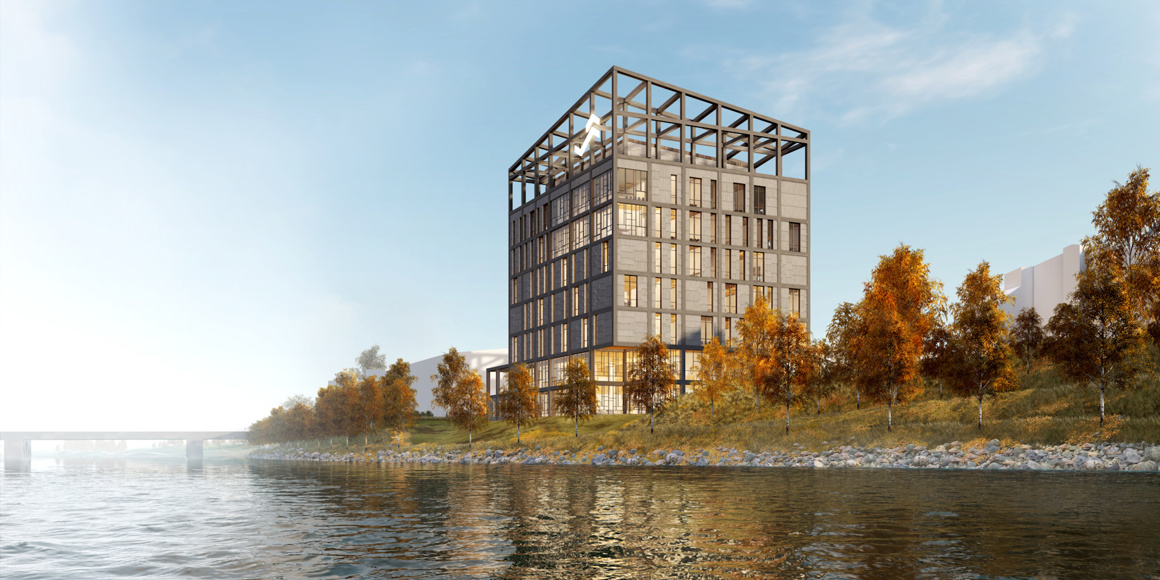“As more buildings become equipped with advanced digitalized systems, e.g., heating, ventilation, energy usage control, and locking systems, the risks of attacks and cyber threats increase significantly. Therefore, we need to understand how to best design, integrate, and manage coexisting IoT systems so that they are secure and promptly detect abnormal activity," Christer explains.
In modern connected buildings with coexisting IoT systems for various functions in a building automation system (BAS), the cyber security in subsystems needs to be monitored and orchestrated based on the security solutions each subsystem applies.
“A connected building with various IoT systems and many installed digital sensors has extensive attack surfaces. It’s crucial to detect malfunction or malicious influence on a sub-system that endangers BAS functions, this includes authentication of all system components and signing of commands and data flows. ACE Cybersafe will increase our knowledge on how this can be done," says Christer.
The project was initiated by Skellefteå Municipality and Luleå University of Technology, but many partners are now involved, such as Skellefteå Kraft, Bravida, Th1ng, and ABB. Sanna Orellano, Head of site & business development at Arctic Center of Energy, is the project leader.
“ACE Cybersafe will be implemented in the modern and sustainable building, currently under development to house ACE at Campus Skellefteå. Thanks to this project, we will establish an experimental testbed with features that facilitate research and innovations in cybersecurity, integrating real estate systems," says Sanna.
The test bed will be equipped with state-of-the-art technology with several IoT systems that communicate with a BAS functionality and with accessibility to datasets, AI methods and visualization that enables custom extensions for experiments.
“Apart from creating a valuable test bed, the project will help us identify what data is needed, how it can be collected and used in a secure way, as well as how we can detect threats without significantly impacting the building’s operation. The answers we obtain through the project will enable us to assist others with advice," Christer concludes.




